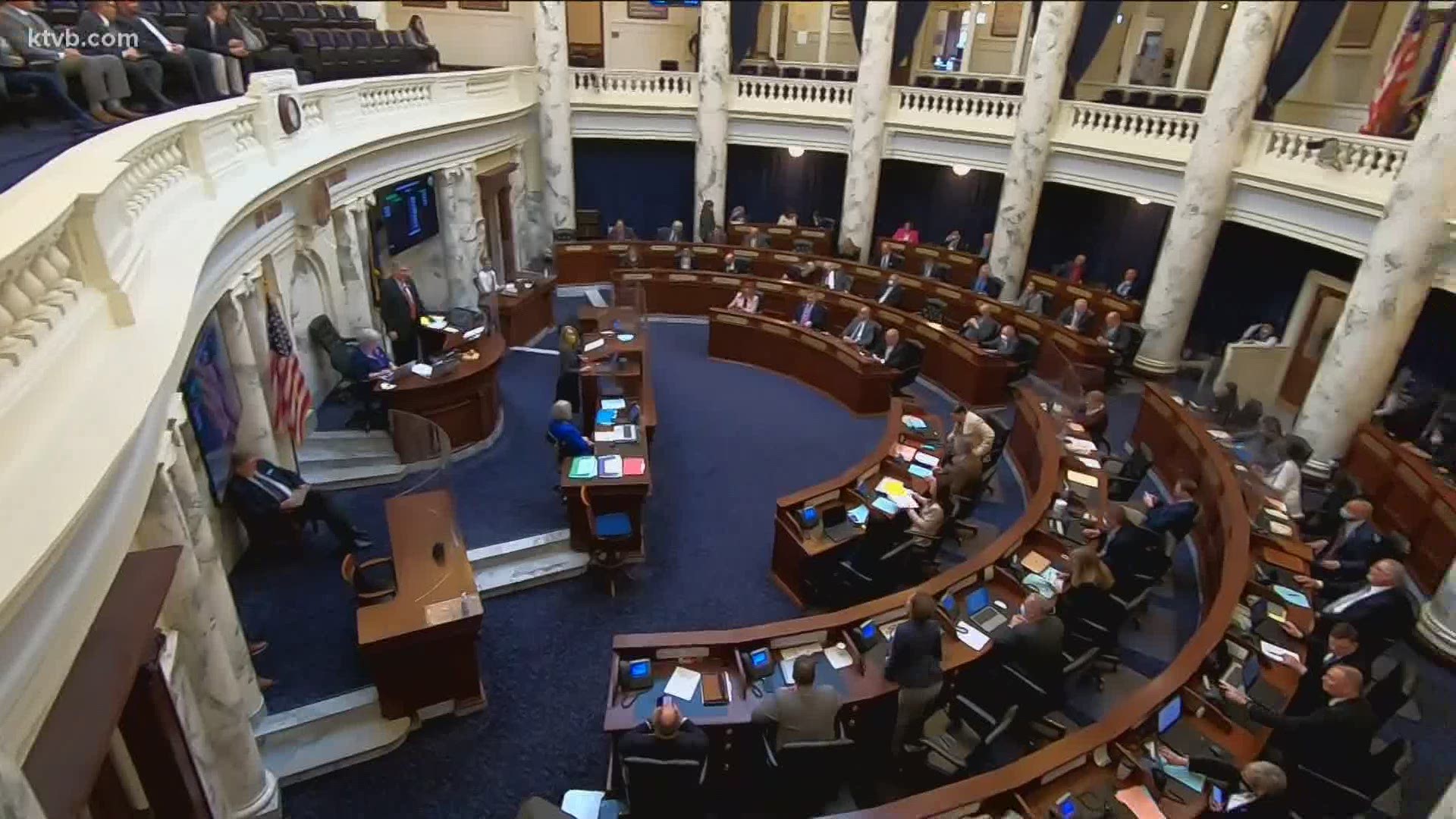BOISE, Idaho — The 2020 Census is the best indicator to see just how fast Idaho is growing.
The data impacts many factors statewide, like funding and political representation. The results were supposed to be available by the end of March, but they likely won’t be available until August or September.
The delay in results is not expected to cause any changes to next year's May primary, but it may cause difficulty for candidates running for office.
“It definitely makes it very difficult on the candidates, especially for the candidates for the legislative districts,” Legislative Service Office Attorney Elizabeth Bowen said.
Bowen is one of two non-partisan members in charge of the bi-partisan committee that draws the legislative and congressional districts in Idaho. The state Senate and House leaders from both parties and the chairs of both state parties select commissioners to be on the six-member committee.
Because the pandemic delayed gathering the information, it has also delayed when the states will get the information back from the census.
“What it means is we will be adopting our redistricting plans much later in the year than we normally would,” Bowen said.
Once the committee meets for the first time, they have 90 days to come up with a plan. They will meet for the first time once the Secretary of State calls for the committee to be formed. The state leaders who select the commissioners have 15 days to make their selection.
“This year, it’s possible they won't even begin to start meeting until October,” Bowen said. “It depends on when we get the data from the Census Bureau.”
In a normal year, the committee would start meeting in the summertime, but without the census data, they can't start.
“That's the only data they can use, Idaho law calls that the exclusive permissible data,” Bowen said.
It’s no secret Idaho has seen a lot of growth in the last decade, but the Gem State is not expected to gain a third seat in congress. Instead, the impacts will be felt in the state legislature.
“It will significantly affect the boundaries of especially the legislative districts,” Bowen said. “I think we're anticipating that at least the Treasure Valley will pick up an extra legislative district based on all the growth that has happened here in the last 10 years.”
If the Treasure Valley picks up an extra district, another legislative district in a rural area would go away. The districts are locked in at 35 after voters approved a constitutional amendment in November of 2020.
“It does make it challenging for candidates to decide, 'When should I declare that I'm going to run?'” Bowen said.
Candidates may not know what the district is going to look like until late this year or early next year due to the delay. The candidate's deadline for filing is the end of February.
“The districts will have to be ready by then for people to file,” Bowen said.
KTVB reached out to the Secretary of State's office but no one was available for comment. A spokesperson said as long as the census hits its deadline of the end of September, then Idaho's committee should be able to get together and get the process done in time.
However, the maps are open to legal challenges which if that were to happen, could further extend the timeline of when the districts become final.
Watch more 'Growing Idaho':
See the latest growth and development news in our YouTube playlist:

